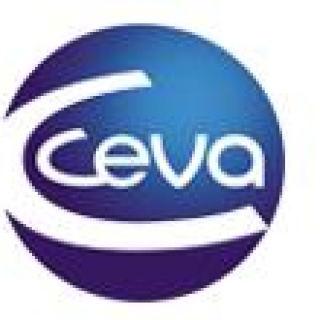The Ecoantibio Plan is a public policy set up by the French Ministry of Agriculture, Agro-Food and Forestry. It
relates to all animal sectors (including pets) and covers all French territories.
The aim of the Plan is to reduce the risks of antibiotic resistance used in veterinary medicine and to safeguard the efficacy of the antibiotics recommended by the World Organisation for Animal Health (OIE), the World Health Organisation (WHO), the Food and Agricultural Organisation (FAO) and various European institutions.

The first Ecoantibio Plan, launched on 18 November 2011, was spread over five years, from 2012 to 2016 inclusive. 2016 was set aside for taking stock of the first Plan and preparing a new Plan.
The first Ecoantibio Plan had 2 specific objectives:
- To reduce the exposure of animals to antibiotics by 25% in 5 years, paying particular attention to the use of critically important antibiotics in veterinary medicines and medicine aimed at humans. The 25% reduction target is measured using the Animal Level of Exposure to Antimicrobials (ALEA) indicator. Figures relating to the level of animal exposure to antibiotics are issued with a lag of one year, hence the reference to 2017 in the name of the Ecoantibio Plan. Achievement of the Plan’s target figure for 2012-2016 will only be disclosed in 2017;
- To preserve therapeutic arsenal of antibiotics in a durable way, especially as the prospects of developing new antibiotics for veterinary use are currently minimal.
The target figure for the Ecoantibio Plan has nearly been reached with a drop of 20.1% in the exposure of animals to antibiotics (all families) over the past 4 years (2012-2015 inclusive). Furthermore, exposure of animals to the latest generations of fluoroquinolones and cephalosporins has gone down by 22.3 % and 21.3 % respectively over the last 2 years (2014 and 2015). Regarding exposure to colistin, this has diminished by 25.3 % over the last 4 years (2012-2015 inclusive). Although these figures have to be broken down into families of antibiotics and animal sectors, the good initial results are testimony to the effort and commitment of stakeholders in the Ecoantibio Plan and, in particular, of veterinarians and farmers.
Thursday November 17, 2016/ MAAF/ France.
http://agriculture.gouv.fr




